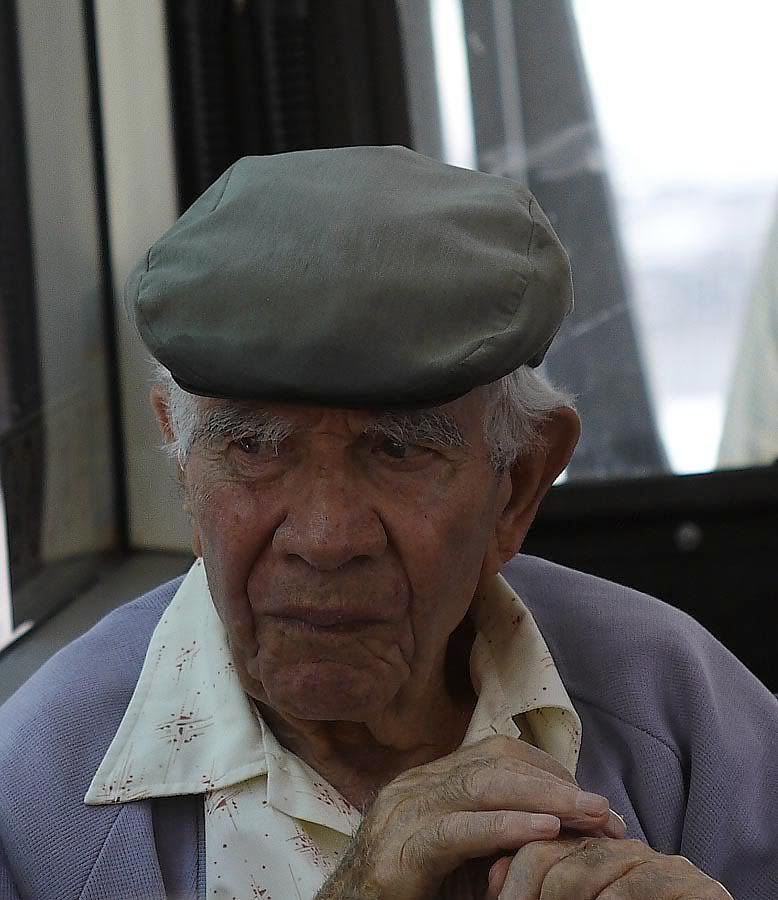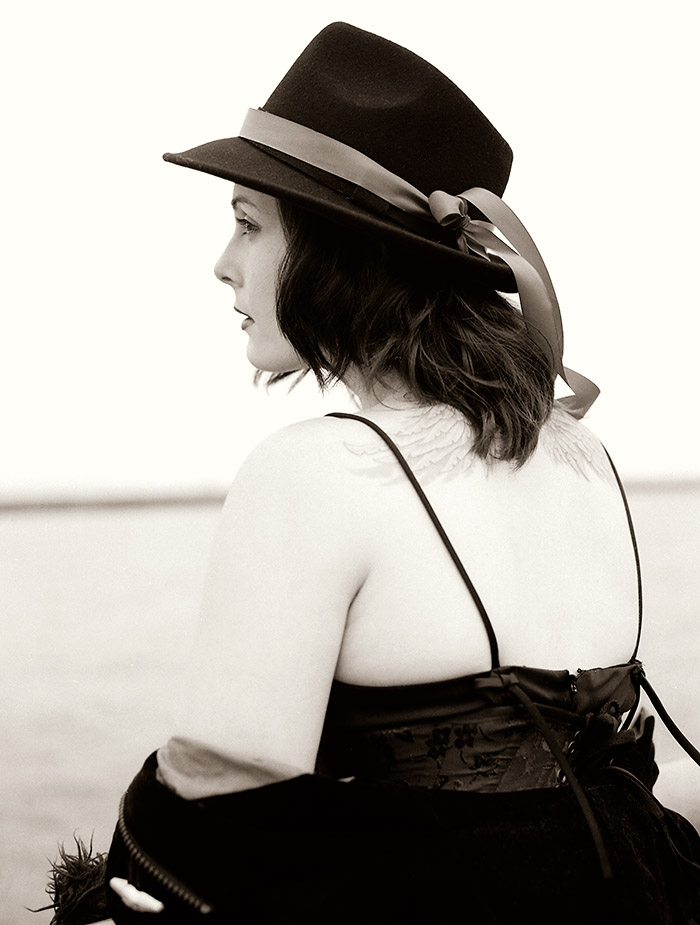peterm1
Veteran
An option I would seriously consider is a Pentax Spotmatic camera because of the wide range of M42 lenses available for it at usually competitive prices. Its lenses tend to have "classic " rendering which is what you want. The older preset and semi auto versions of the lenses are especially good for classic rendering given their single coating technology.
My favorites are Takumar Super Multi Coated 85mm f1.9 or 85mm f1.8 (an earlier lens) Both perform exceedingly well but are among the rarer and more expensive lenses in the Takumar stable. The 105mm f2.8 is superb for portraits. Simply wonderful. It also sells quite cheaply. And both the 135mm f3.5 and the 135mm f2.5 perform extremely well. Both can be had for a song.
If you want to go beyond the Pentax line of lens (although I seldom find a reason to) the Jupiter 85mm f2 in M42 is also terrific. Being a Sonnar design it is perfect for portraits and general work as it has that lovely Sonnar rendering. Also an inexpensive lens.
Any of the Nikkors in this range will serve you well too. Do not discount the Nikkor 85mm f2 which is said to be a poorer lens than the 85mm f1.8. They are wrong. And as others have said the 105mm f2.5 is a super lens too.
Finally another marque to consider is Canon FL mount. These lenses are beautifully made and render superbly. I can personally vouch for the 85mm f1.8, the 135mm f3.5 and the 135mm f2.8. The range of lenses available is somewhat less though than with the M42 ones.
The good thing overall is that the main camera companies made many versions of lenses in this range and pretty well all of them are good to excellent as short tele lenses were core business for them back in the day. In fact I think you would have to work damn hard to find one that is poor. Of all of the above possibly the most classic rendering might be had from the Jupiter and i think this might render closest to the Elmar in terms of IQ.
Here is a candid photo made with the Takumar 105mm several years ago. I ended up with several of these as they were cheap and nice and because I wanted to compare them - early preset, semi auto diaphragm, Super Multi Coated and SMC versions. They all do very nicely with less flare from the later ones which have superior coating.

My favorites are Takumar Super Multi Coated 85mm f1.9 or 85mm f1.8 (an earlier lens) Both perform exceedingly well but are among the rarer and more expensive lenses in the Takumar stable. The 105mm f2.8 is superb for portraits. Simply wonderful. It also sells quite cheaply. And both the 135mm f3.5 and the 135mm f2.5 perform extremely well. Both can be had for a song.
If you want to go beyond the Pentax line of lens (although I seldom find a reason to) the Jupiter 85mm f2 in M42 is also terrific. Being a Sonnar design it is perfect for portraits and general work as it has that lovely Sonnar rendering. Also an inexpensive lens.
Any of the Nikkors in this range will serve you well too. Do not discount the Nikkor 85mm f2 which is said to be a poorer lens than the 85mm f1.8. They are wrong. And as others have said the 105mm f2.5 is a super lens too.
Finally another marque to consider is Canon FL mount. These lenses are beautifully made and render superbly. I can personally vouch for the 85mm f1.8, the 135mm f3.5 and the 135mm f2.8. The range of lenses available is somewhat less though than with the M42 ones.
The good thing overall is that the main camera companies made many versions of lenses in this range and pretty well all of them are good to excellent as short tele lenses were core business for them back in the day. In fact I think you would have to work damn hard to find one that is poor. Of all of the above possibly the most classic rendering might be had from the Jupiter and i think this might render closest to the Elmar in terms of IQ.
Here is a candid photo made with the Takumar 105mm several years ago. I ended up with several of these as they were cheap and nice and because I wanted to compare them - early preset, semi auto diaphragm, Super Multi Coated and SMC versions. They all do very nicely with less flare from the later ones which have superior coating.









